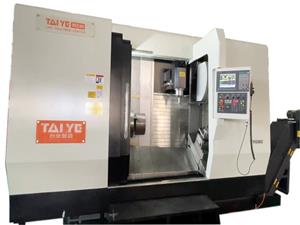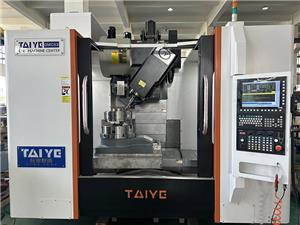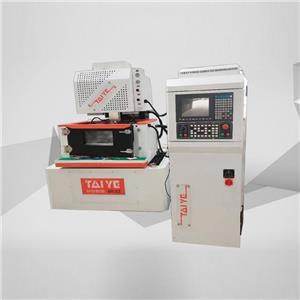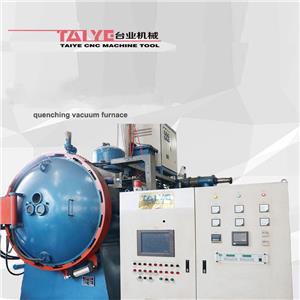What should be paid attention to when the machining center is suitable for end mills
What should be paid attention to when the machining center is suitable for end mills
1. The end mills used in machining centers mostly use spring clamps, which are in a cantilever condition during use. During the milling process, sometimes the end mill may gradually protrude from the tool holder, or even fall completely, causing the workpiece to be scrapped. The reason is generally that there is an oil film between the inner hole of the tool holder and the outer diameter of the end mill tool holder, which causes clamping. Caused by insufficient tightness. Therefore, before the end milling cutter is clamped, the inner hole of the end mill shank holder should be cleaned with cleaning fluid, and then clamped after drying. When the diameter of the end mill is large, even if the tool holder is very clean, the tool may be dropped. At this time, the corresponding side locking method of the tool holder with flattened notch should be used. After the end mill is clamped, there may be another problem. The end mill tool holder port is broken. The reason is generally because the tool holder has been used for too long, and the tool holder port has been worn into a cone.
2. End mill oscillation Because there is a tiny gap between the end mill and the tool holder, the tool may oscillate during the machining process. Oscillation will make the end milling cutter's circumferential edge eat unevenly, and the cutting and expanding amount will be larger than the original value, which will affect the machining accuracy and the service life of the tool.
3. End-mill end-cutting molds and other workpiece cavity CNC milling processing, when the cut point is a concave part or a deep cavity, the extension of the end mill needs to be lengthened. If a long-edged end mill is used, because the tool has a large deflection, it is easy to oscillate and cause the tool to break. Therefore, in the machining process, if only the end of the tool needs to be adjacent to the cutting edge to participate in the cutting, it is best to choose a long-shank end mill with a longer total tool length and a short edge. When large-diameter end mills are used on horizontal CNC machine tools to process workpieces, due to the large deformation of the tool's own weight, it is necessary to pay great attention to the prone to problems in end cutting. When a long-edged end mill must be used, the cutting speed and feed rate must be drastically reduced.
4. Selection of cutting parameters The selection of cutting speed mainly depends on the raw material of the workpiece to be processed; the selection of feed speed mainly depends on the raw material of the workpiece to be processed and the diameter of the end mill. The tool samples of some foreign tool manufacturers are attached with a tool cutting parameter selection table for reference. However, the selection of cutting parameters is also affected by many factors such as the machine tool, the tool system, the shape of the workpiece to be processed, and the clamping method. The cutting speed and feed rate should be adjusted appropriately according to the actual situation. When the tool life is the priority factor, the cutting speed and feed rate can be appropriately reduced; when the chip leaving the edge is not good, the cutting speed can be appropriately increased.
5. Choosing the cutting method and choosing down milling is helpful to avoid damage to the cutting edge and improve the life of the cutting tool.
6. Carbide end mills use high-speed steel end mills. The application requirements of high-speed steel end mills are relatively wide. Even if the cutting conditions are selected slightly improperly, it will not present too much problem. Although cemented carbide end mills have good wear resistance during high-speed cutting, their application range is not as wide as that of high-speed steel end mills, and the cutting conditions must be strictly in line with the requirements of tool use.
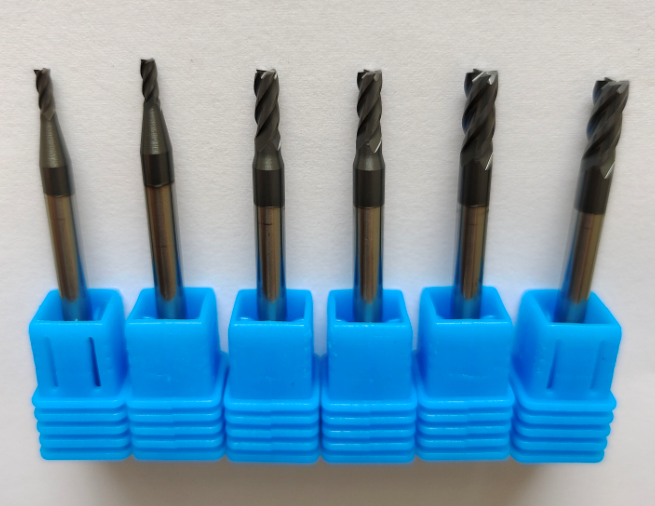
- 3 Axis Vertical Machining Center
- 3 Axis Hard Line Vertical Machining Center
- 3 Axis 2 Linear One Hard Line Vertical Machining Center
- 3 Axis Linear One Line Vertical Machining Center
- Heat Treatment Vacuum Furnace
- Heat Treatment Oil Quenching Vacuum Furnace
- Heat Treatment Air Quenching Vacuum Furnace

